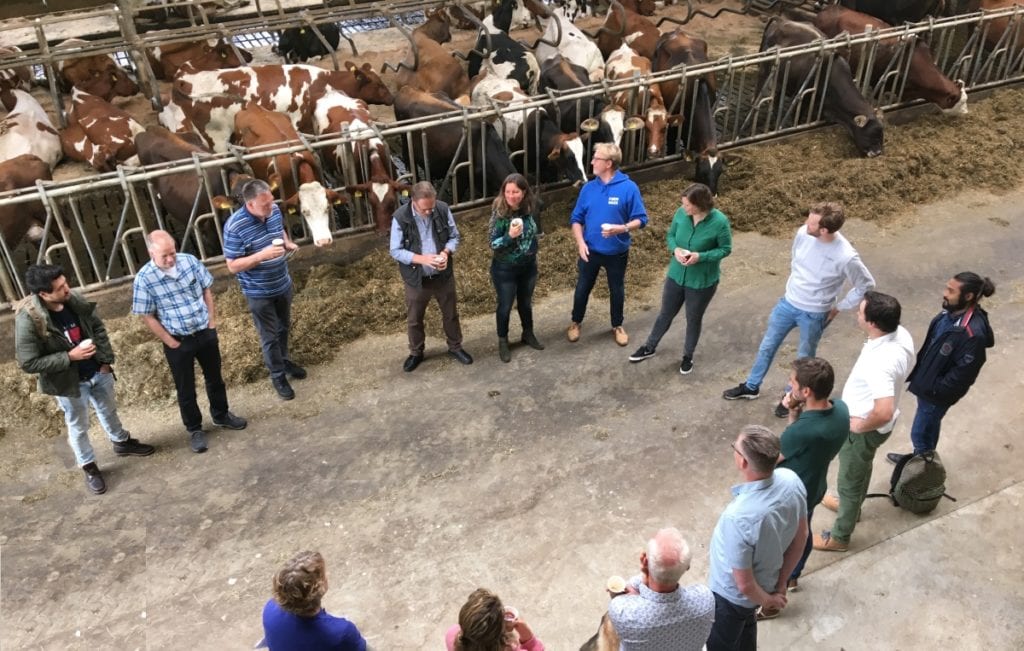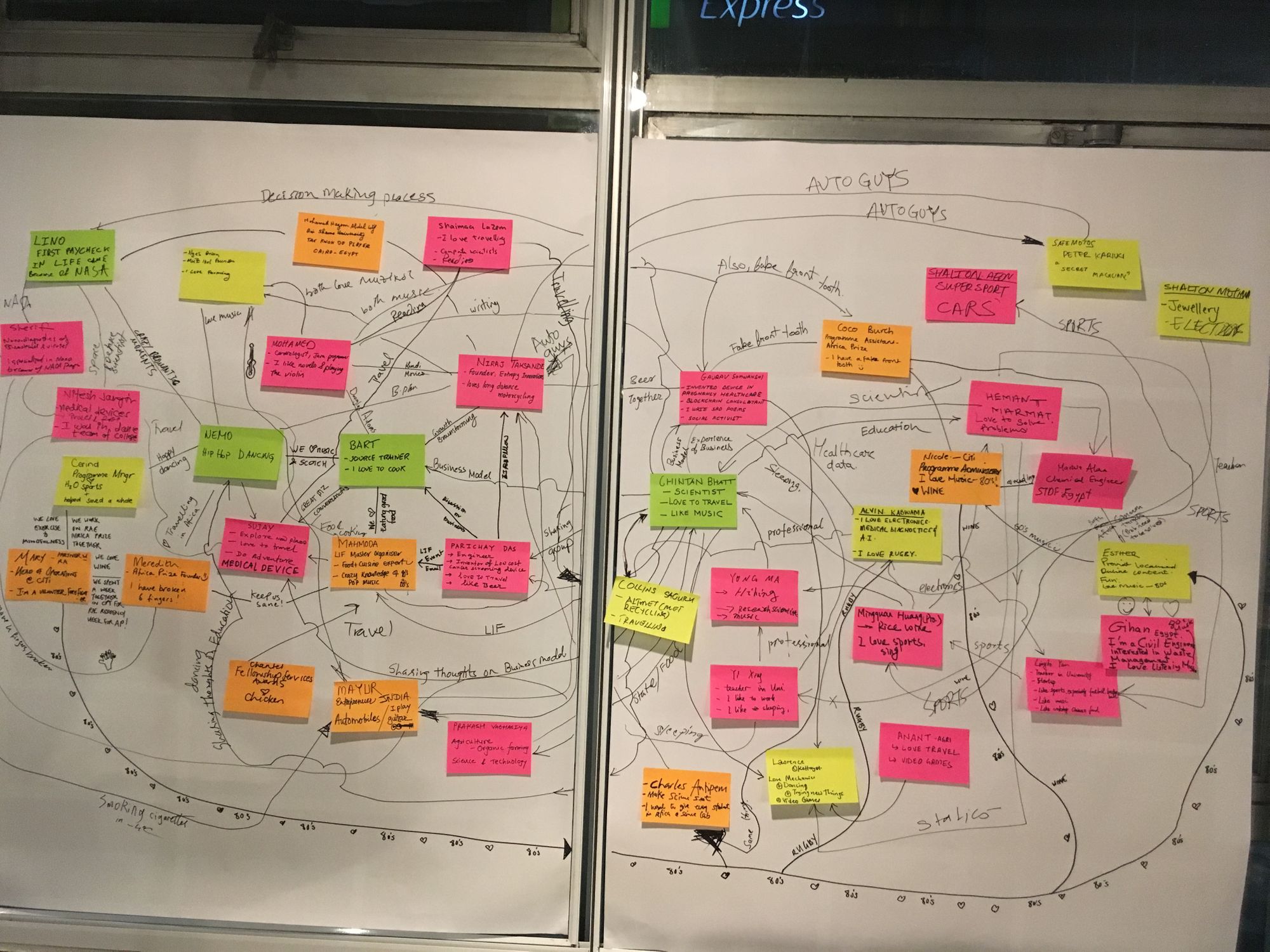Peer Learning is...
First Steps

Applying peer learning is usually straight-forward and practical, but picking a first step that will actually make a difference requires a bit of self-evaluation.
The ARC shows how Peer Learning environments tend to develop through 3 stages:

- Encouraging Self-direction - Where learners are passive, or generally unable to set their own direction, learning is slow and doesn't translate into application. To move to an active level of engagement, the focus needs to be on initiating their agency, then responding to them as they start to self-direct.
- Accelerating - Once learners become more self-directing, they can build on their agency. Environments that give them deeper diagnostics and more relevant connections accelerate their progress.
- Decentralising - The final step is instant access to the most relevant experience based on the key challenges in their projects. This allows learners to leap over months or even years of challenges they'd otherwise face, and attracts a community of forerunners.
Lay the foundations first
Learning environments generally evolve first by building Agency within learners and Responsiveness to their needs, then using that foundation to improve Connectivity to more relevant people. There's an inter-dependency between Responsiveness, Agency, and Connectivity.
On the ARC model, peer learning environments improve outwards first, then up. If your evaluation of a learning environment reveals gaps, or a top-heavy ARC, then the appropriate foundation hasn't been set to enable learners.
For example, running a massive conference doesn't help people forge great relationships if they have no good way to share their interests, find each other and meet in comfortable places. Bringing in a world-renown expert to lecture doesn't help if people believe their approach isn't right for the local context.
With this understanding, the ARC should give you a way to evaluate your own program, spot weaknesses and disconnects.
Picking your next step
Once you have an idea of what specific characteristic you want to improve, there are usually some simple additions to choose from to make that happen.
You can jump in to specific advice below:



